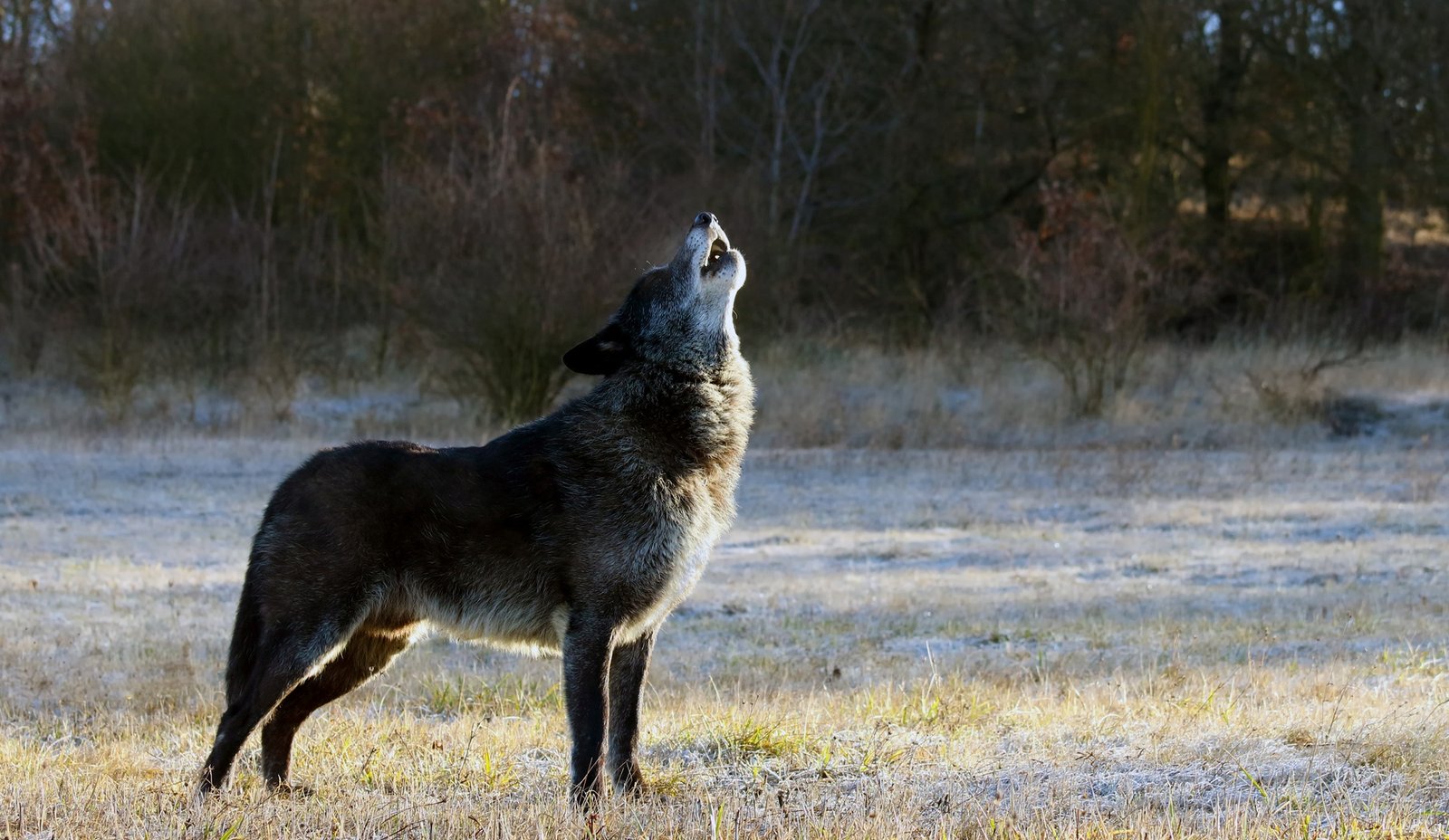The Mackenzie Valley Wolf, known for its impressive size and majestic presence, is known by many names. Also called the Northwestern Wolf, the Alaskan Timber Wolf, the Canadian Timber Wolf or the Rocky Mountain Wolf, it is a captivating creature that roams the wild expanses of North America. These wolves are not just the largest in the USA but embody a mysterious allure that draws wildlife enthusiasts and researchers alike. In this article, we explore the fascinating world of the Mackenzie Valley Wolf, uncovering ten intriguing facts about this magnificent animal.
The Majestic Size of the Mackenzie Valley Wolf

The Mackenzie Valley Wolf is renowned for its formidable size, which sets it apart from other wolf species. These wolves can weigh between 100 to 175 pounds, with some exceptional individuals tipping the scales at 200 pounds. Standing at nearly 3 feet tall at the shoulder, they command a striking presence. Their size is not just a physical trait but a crucial adaptation for survival in the harsh environments they inhabit. Larger bodies help them conserve heat during the frigid winters of their northern habitats, ensuring they remain agile hunters.
A Coat Built for Survival
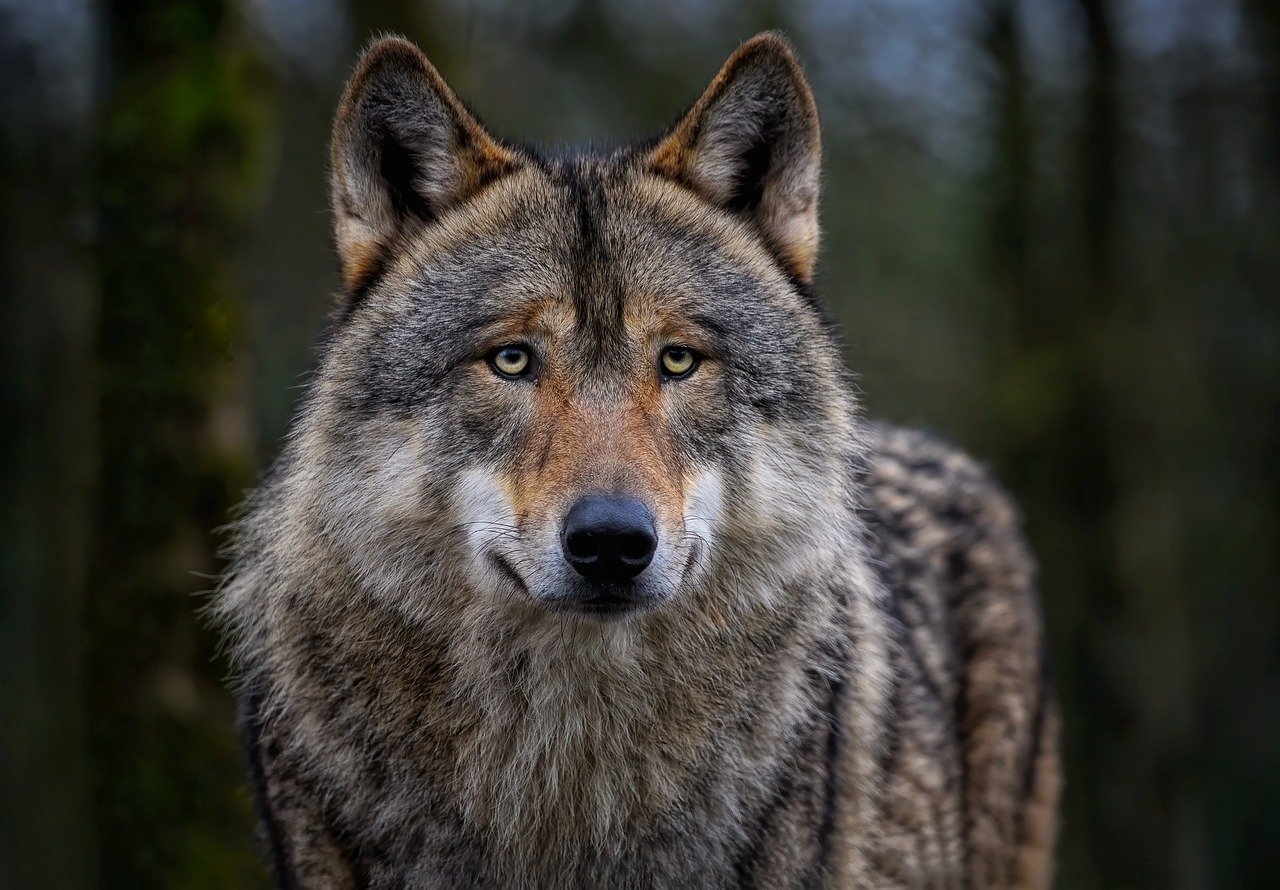
The Mackenzie Valley Wolf boasts a thick, luxurious coat that serves as a vital tool for survival. Their fur is primarily a mix of gray, black, and white, which provides excellent camouflage against the snowy landscapes they often traverse. This coat is not just about aesthetics; it plays a critical role in thermoregulation. During the brutal winters, the dense underfur traps heat close to their bodies, while the outer layer repels moisture and insulates against the cold. This natural armor allows them to endure temperatures that would be intolerable to many other species.
The Social Structure of the Pack
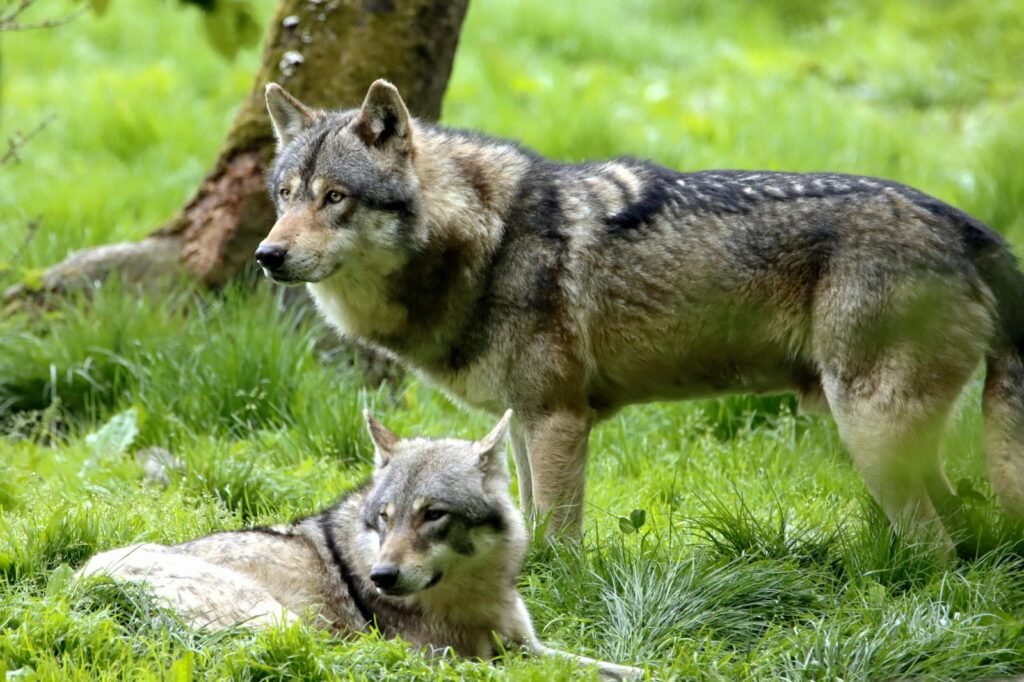
Wolves are social animals, and the Mackenzie Valley Wolf is no exception. They live in packs that are typically led by an alpha pair, which consists of the dominant male and female. These packs are not just random assemblages of wolves but are structured familial units. The alpha pair leads the pack in hunting, decision-making, and raising pups. This social structure ensures the survival and continued success of the pack, as cooperation and coordination are essential for hunting large prey and defending their territory.
A Diverse Diet

The Mackenzie Valley Wolf has a diverse diet that reflects its adaptability and prowess as a predator. They primarily hunt large ungulates such as moose, caribou, and bison. These hunts require strategic planning and teamwork, showcasing the wolves’ intelligence and communication skills. However, they are not strictly carnivorous. In times of scarcity, they may also consume smaller mammals, birds, and even berries. This dietary flexibility is a testament to their ability to thrive in varying environments.
The Role in Ecosystem Balance
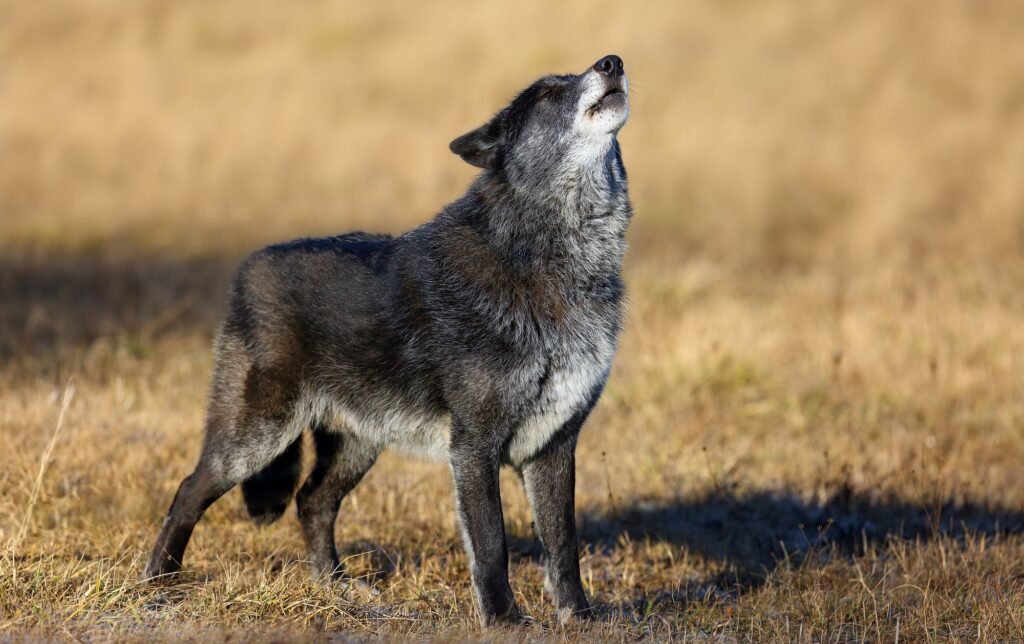
As apex predators, Mackenzie Valley Wolves play a crucial role in maintaining the balance of their ecosystems. By preying on herbivores, they help regulate the populations of these animals, preventing overgrazing and promoting plant diversity. This ripple effect cascades through the ecosystem, impacting other species and the overall health of the environment. Their presence is a reminder of the intricate web of life where each species plays a part in sustaining the whole.
The Range and Habitat

These wolves primarily inhabit the boreal forests, tundras, and mountainous regions of Alaska and western Canada. Their range is vast, covering thousands of square miles, which is essential for meeting their territorial and hunting needs. The Mackenzie Valley Wolf’s ability to traverse such expansive territories is a testament to their endurance and adaptability. Their habitats are often remote and harsh, challenging their survival skills and reinforcing their status as one of nature’s most resilient predators.
Communication and Vocalization
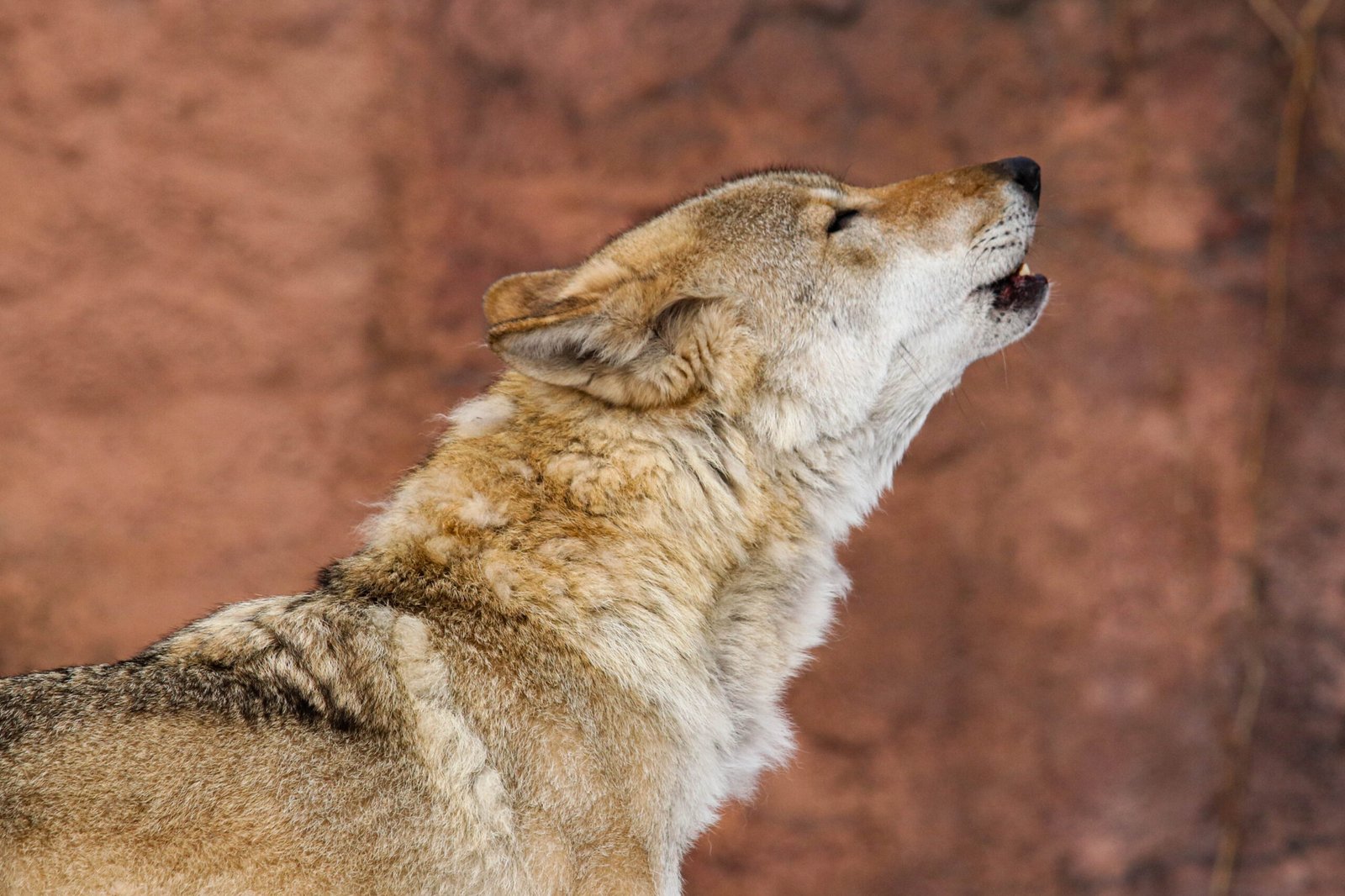
The Mackenzie Valley Wolf is known for its complex communication system, which includes vocalizations, body language, and scent marking. Howling is perhaps their most iconic form of communication, used to coordinate pack activities and establish territory boundaries. Each wolf has a unique howl, allowing pack members to recognize each other even across great distances. This vocal prowess is not just about communication; it also strengthens social bonds within the pack, fostering unity and cooperation.
Conservation Status and Challenges

While the Mackenzie Valley Wolf is not currently listed as endangered, it faces numerous challenges that threaten its future. Habitat loss due to human encroachment, climate change, and conflicts with livestock farmers are ongoing concerns. Conservation efforts are crucial to ensure the survival of these majestic creatures. Protecting their habitats and promoting coexistence with human activities are vital steps in safeguarding their populations for future generations.
Legends and Cultural Significance

Wolves have long held a place in human culture and mythology, and the Mackenzie Valley Wolf is no exception. Indigenous peoples and early settlers often revered these wolves as symbols of strength, endurance, and wilderness. They feature prominently in folklore and storytelling, embodying both fear and admiration. Understanding their cultural significance helps foster respect and appreciation for these animals, highlighting their importance beyond just ecological roles.
The Future of the Mackenzie Valley Wolf
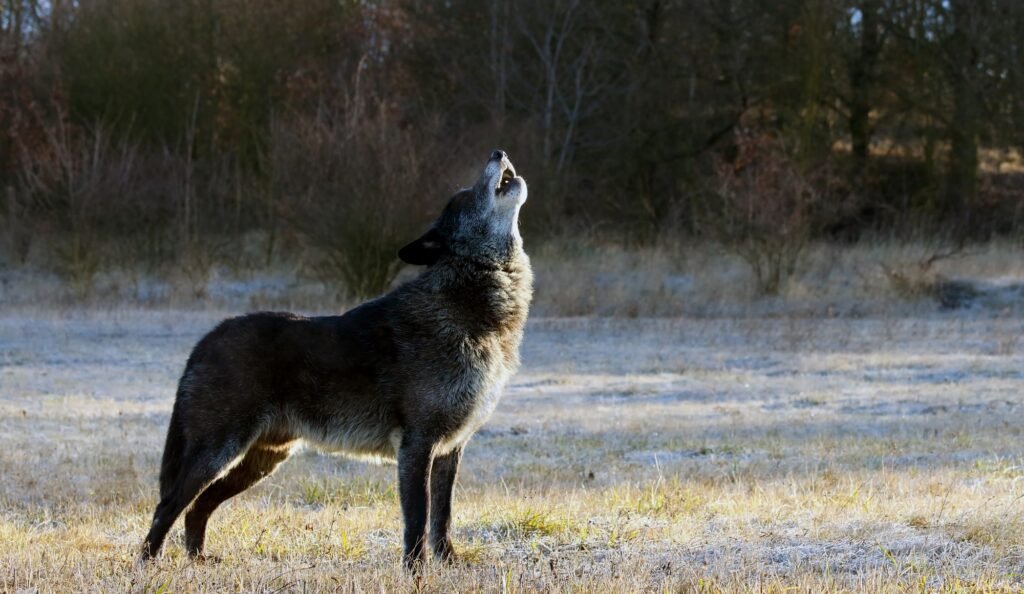
The future of the Mackenzie Valley Wolf depends on a delicate balance between conservation efforts and human activities. With increasing awareness of their ecological importance, there is hope for more robust protection measures. Collaborative initiatives between governments, conservationists, and local communities are essential in ensuring these wolves continue to roam the wild landscapes they call home. By understanding and respecting their role in the ecosystem, we can contribute to a future where the Mackenzie Valley Wolf thrives alongside humans.
In summary, the Mackenzie Valley Wolf is a remarkable species that captivates the hearts and minds of wildlife lovers. From their majestic size and social structures to their crucial ecological roles, these wolves exemplify the beauty and complexity of nature. By learning more about them, we gain a deeper appreciation for the delicate balance of life and the importance of preserving these magnificent creatures for generations to come.

Linnea is a born and bred Swede but spends as much time as possible in Cape Town, South Africa. This is mainly due to Cape Town’s extraordinary scenery, wildlife, and atmosphere (in other words, because Cape Town is heaven on earth.) That being said, Sweden’s majestic forests forever hold a special place in her heart. Linnea spends as much time as she can close to the ocean collecting sea shells or in the park admiring puppies.

